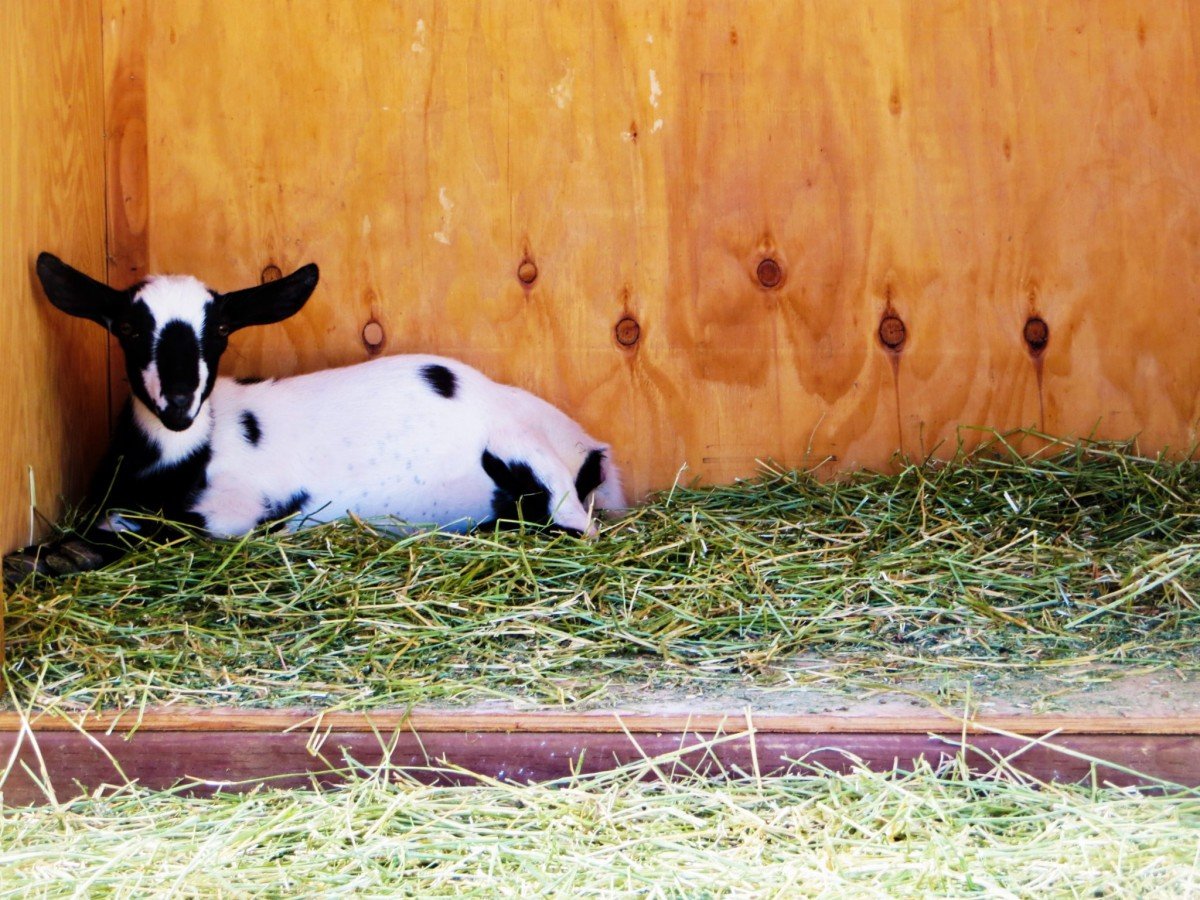
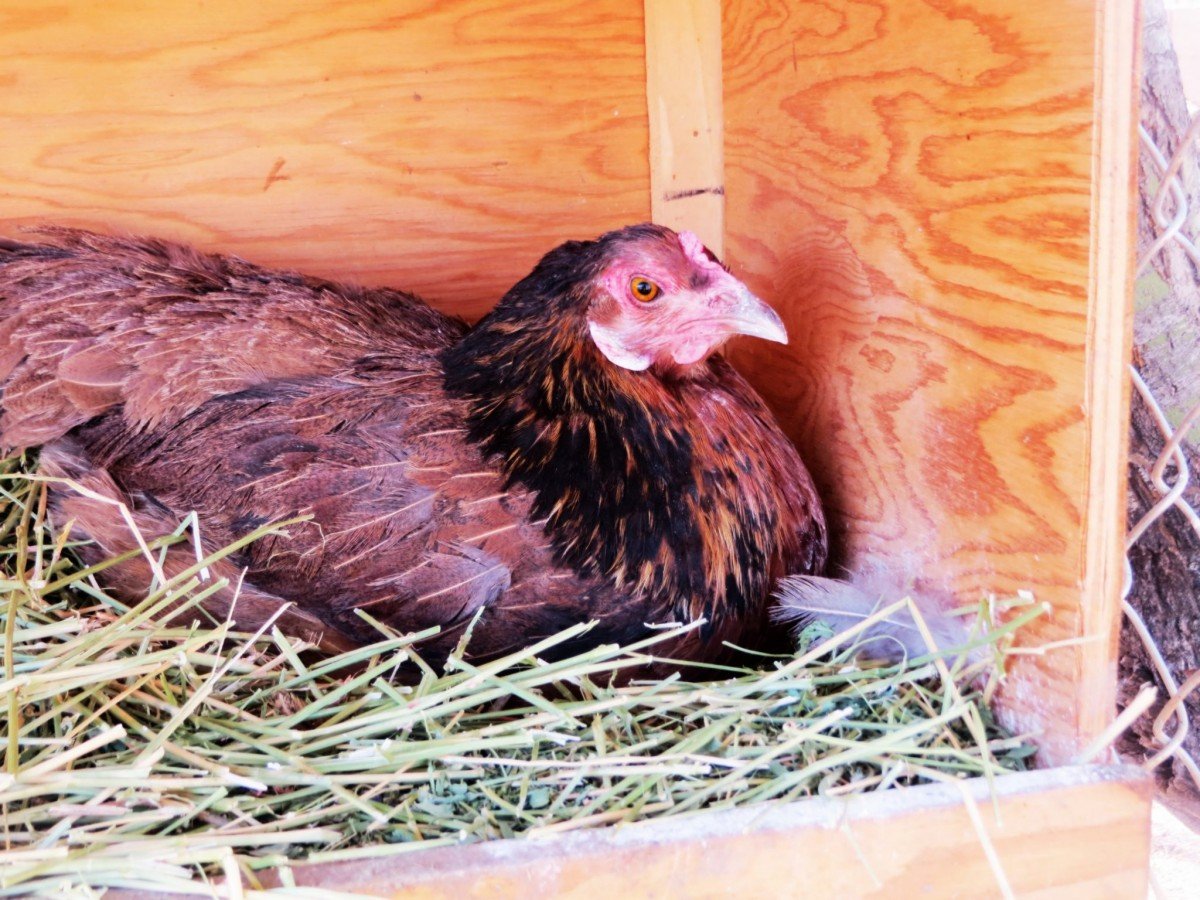
The good and simple life.
Homesteading.
Sustainable living.
Ask 5 people to define modern homesteading and sustainable living and you’ll get 5 very different answers.
Buzzwords for sure.
The idea of it all…quite chic.
Homesteading & Sustainable Living Defined
I love the way homesteading is defined below:
Homesteading [hohm-sted-ing]
v. 1 the act of transforming a home into a property that produces some or all of its residents own food and other subsistence needs.
v. 2 participation in home-based activities such as gardening, raising poultry or small livestock, producing simple products through cottage industry, minimizing consumer purchases, and generally seeking ways to increase self-sufficiency within the home environment.
v. 3 the creation of a homestead with the goal of reducing one’s environmental impact and returning to a home-based, family-centered, self-sufficient way of life.
Through countless methods of research and discussions with others regarding the subject, our family has created our own definition.
A mission to guide us:
Sustainable living involves designing a deeply enjoyable and rewarding life that is interdependent on like-minded others, ecologically responsible, and centered around the home.
It is…
- a personal journey down a path full of constant learning and lifestyle adjustments.
- about making decisions that make the most sense to us, assuming our own standards, needs, and morals.
- being fully present and aware of the implications of our daily actions.
Sustainable living is all about making decisions based on knowledgeable insight. It’s about being intentional. And it’s about effecting change in order to improve our quality of life and that of future generations!
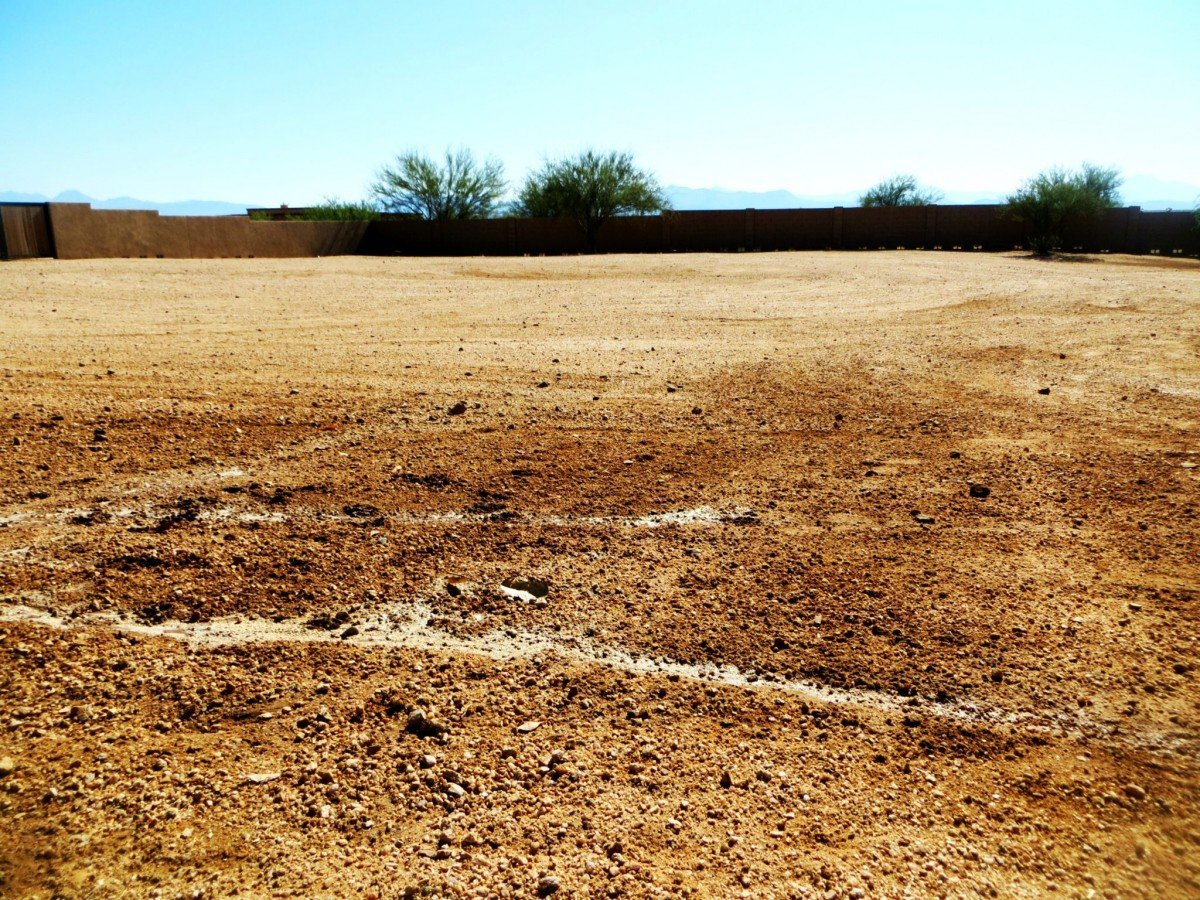
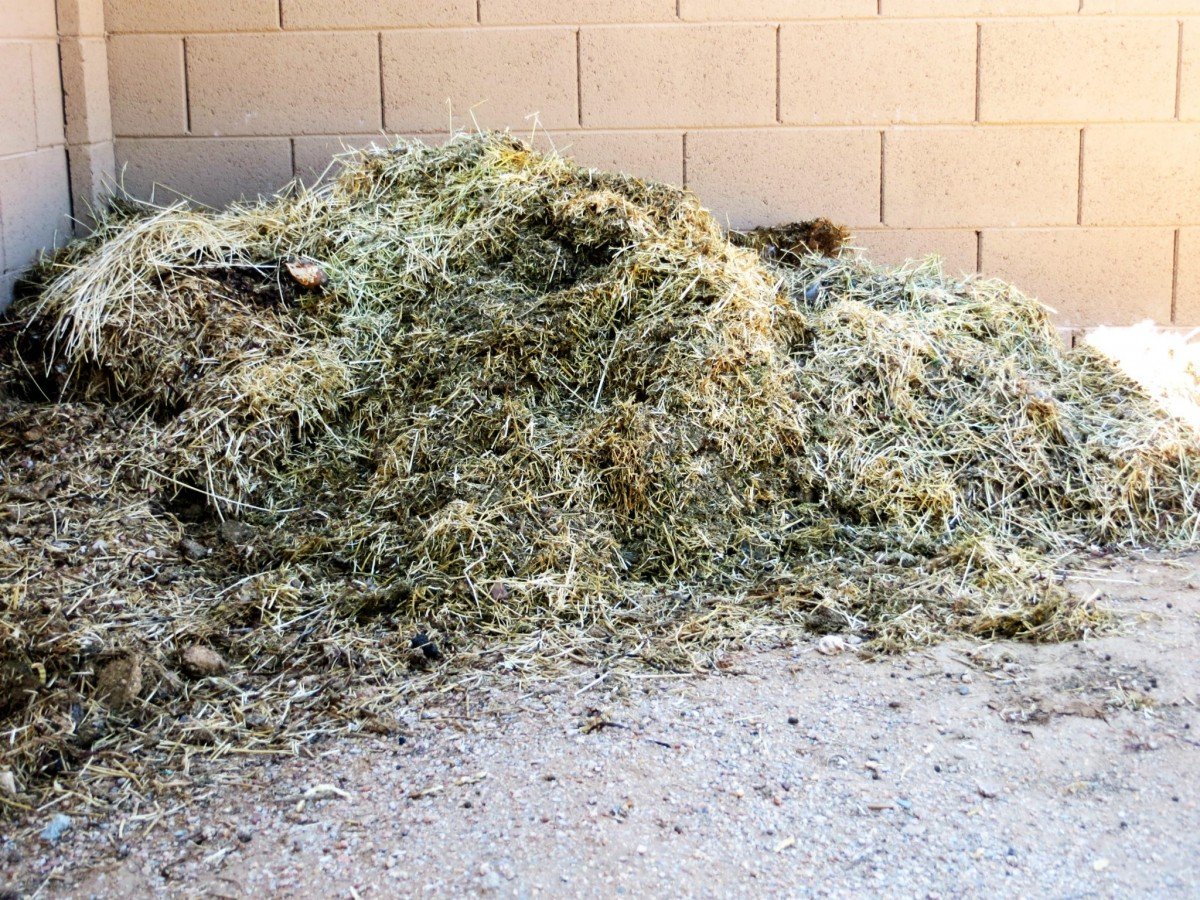
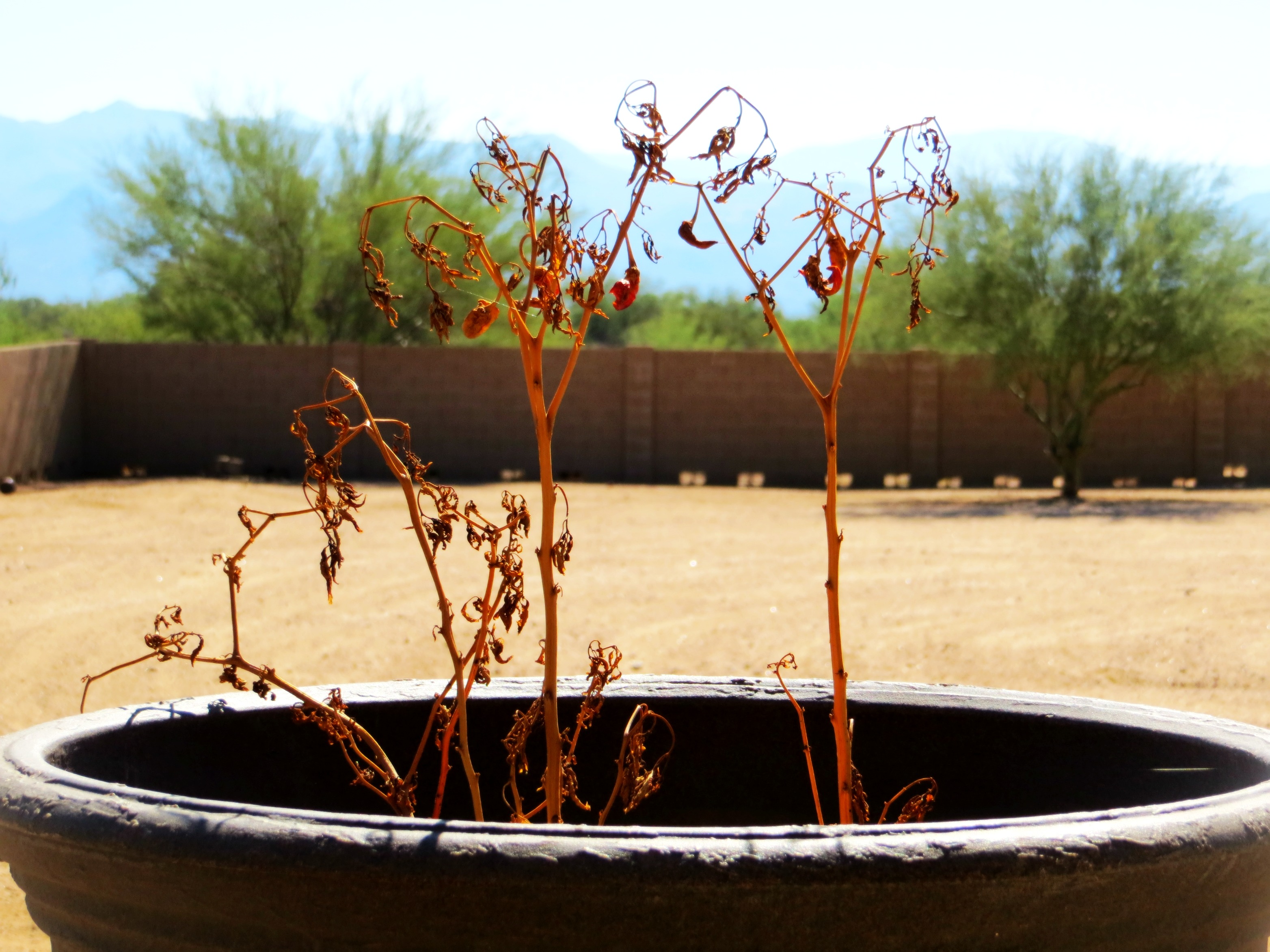
The Romance vs. The Reality
A few months ago I wrote about our recent move…leaving the city and moving to the country.
Years of dreams fulfilled.
Another step in the journey.
Since that post, sooooo many of you have emailed and asked for an update. This post is a response to your questions.
And as much as I wish I could report to you a romantic picture (one similar to the picture I held of homesteading forever) — unfortunately, we are in the infant stages of getting there — so here’s our reality…
…the good and the bad:
- Obstacles. No doubt, there are many obstacles to homesteading and living sustainably in this modern culture. However, our saving grace has been to focus on what is most important to us (a.k.a. prioritize) and do that! Because in the end, being the people we were created to be is the most sustainable act we could ever perform.
- Off-Grid. Although we have moved off of city water to our own well water (and have a sustainable water source only 2 miles away — which in the desert is a blessing for sure) we are still on the grid for electricity and depend on the delivery of propane for gas heat and appliances.
- Food Production. Summer in the desert is harsh — as you can see in the pictures above. I always think of it as our “winter season” as few plants will grow in the heat of 115 degrees. We have been hard at work starting a compost pile, planning the area for a raised bed garden this fall (the desert’s longest growing season), hunting, wild-food foraging, raising baby dairy goats, and keeping chickens. Nevertheless, as hard as we have worked toward living as hunter/gathers and producing our own food, at least 90% of our food still comes from a combination of CSA membership programs and conventional grocery stores.
- Health Care at Home. Just as with food production, my home herb garden has suffered through the transition. However, living out of the city and more into the open desert has allowed me a greater opportunity to forage for medicinal plants. And although a large percentage of the raw materials we need for doctoring come from outside sources…more of our medical needs are being cared for within the home.
- Manual Labor. Working the land and maintaining the living quarters of 21 chickens, 3 dairy goats, 9 bird dogs, and 100+ bobwhite quail will sure keep a family busy! Come nightfall…our bodies are exhausted. There are many “creature comforts” we have left behind to get here, and there are times of feeling uncomfortable. Yet somehow we feel healthier, stronger, and more free.
- Sustainable Income Generation. The greater portion of our income is currently being invested back into the development of the home and land. We have yet to see much of a return, but we are confident in our efforts! Through a few of our own business ventures, blogging, and Etsy sales we are able to make ends meet. The hope is to continue building our homestead’s infrastructure and our separation…from dependence to production.
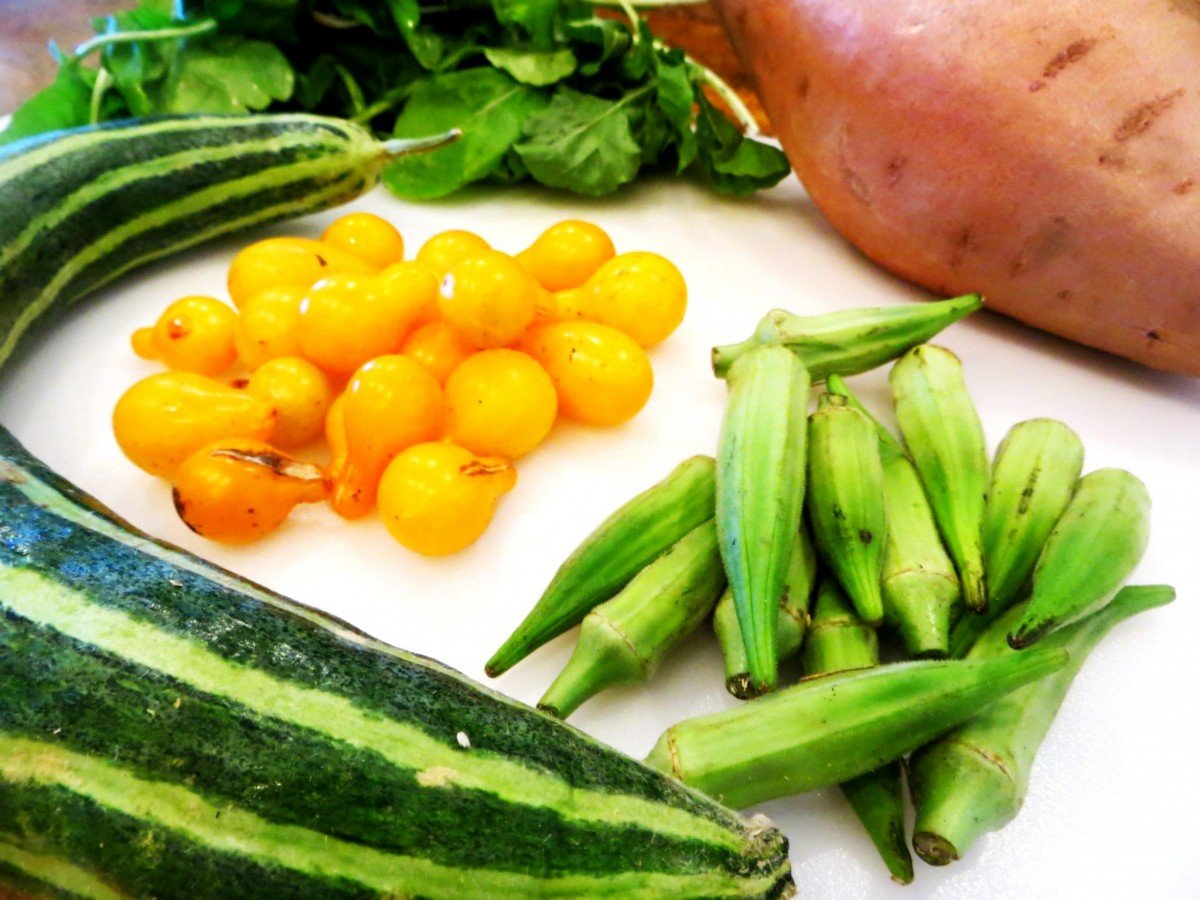
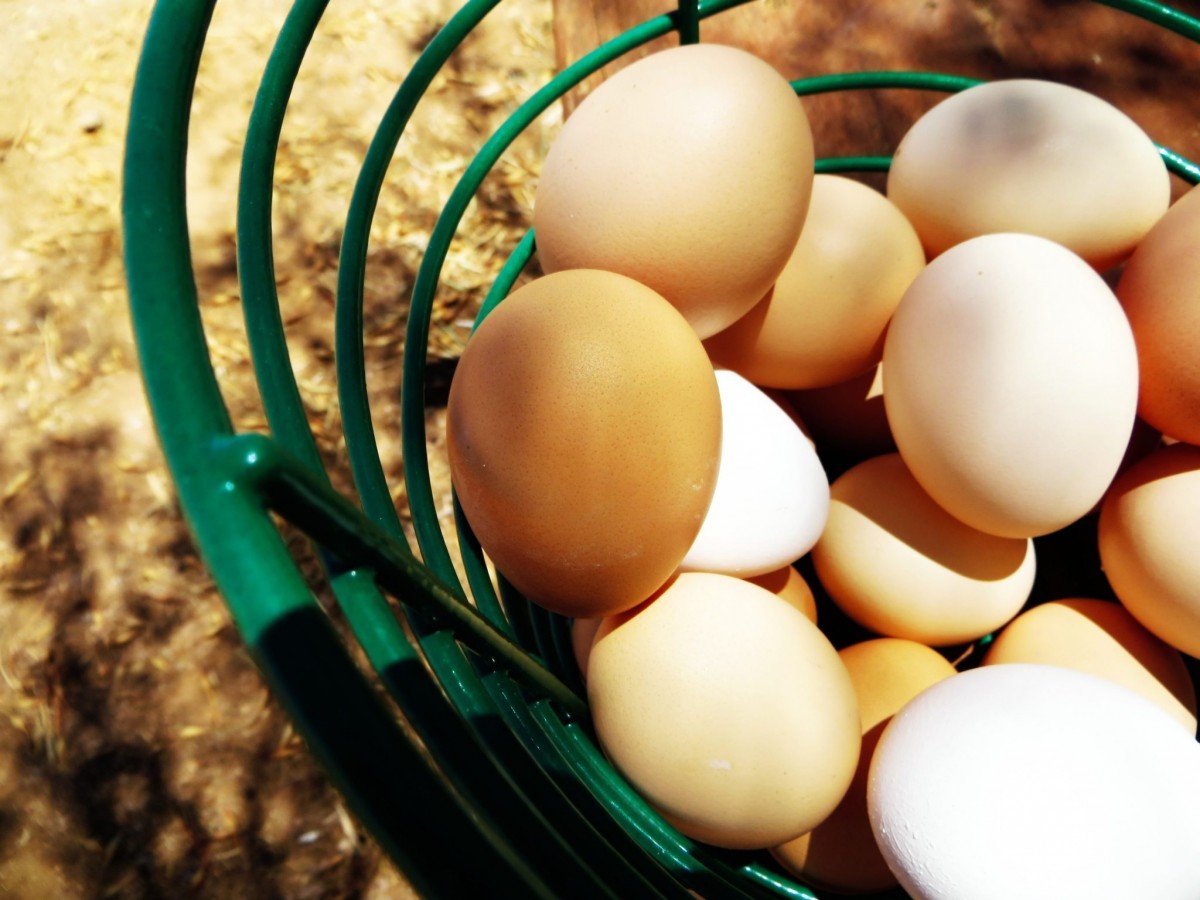
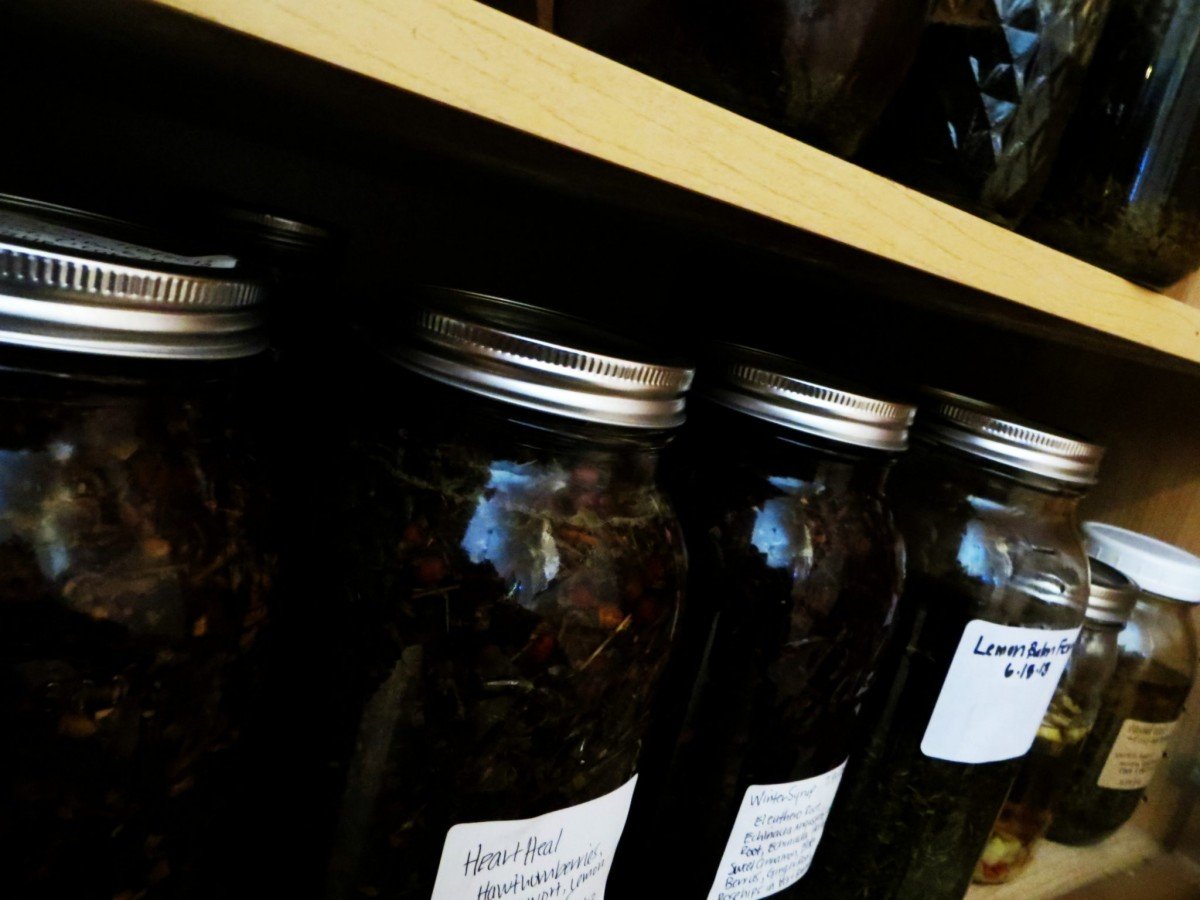
It’s a Journey
Some of the best memories I have of the last few months are those of the times spent with my love tending to the chores of the homestead.
Just the other day — as we were covered head-to-toe in sweat and mud while cleaning the pens and stalls of the animals after one of the season’s biggest monsoons — I said to him, “Do you think this place will ever give back all that we are giving to it.” His response, “It will if we keep working and stay patient.”
Is there sacrifice in this journey?
You bet.
Is it worth it?
Without a doubt!
So there it is 🙂 Still have questions? I’m pretty sure there are things I have failed to mention…let’s talk in the comments! On the other hand, have you been living this lifestyle for a while? I’m all ears…what wisdom can you share with us?
To learn more on the topic of Homesteading and Sustainable Living click this link and you will be directed to a list of recommended reading!

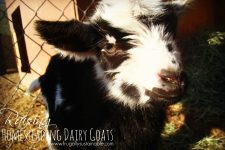
 All-Natural Alternative to Ibuprofen – Herbal Anti-Inflammatory Capsules
All-Natural Alternative to Ibuprofen – Herbal Anti-Inflammatory Capsules
Biggest lesson we learned: Not to tackle too many “ideas” at once. Start small and work your way into each new area. Oh, and you will change the way you do things about fifty million times 🙂 Each year we learn from our mistakes and we re-invent until we are happy.
Good luck!
Spot on! And boy don’t we know it now…that all of the ideas we have take much longer to accomplish out here. Excellent advice on learning from our mistakes! Flexibility is the name of the game!
This post brought tears to my eyes. You spoke so eloquently of the trials and tribulations and pure joy of homesteading…. When people ask how we do all that we do, my answer is the same… One little bit at a time! If we had started with all the billions of “jobs” that we do now i would have never survived. We currently produce about 85-90% of our family’s food and sometimes it id wonderful and lovely… Sometimes not so much! But it is always reewarding!
So true Brianna! I already feel that way and we are only 4 months into it 🙂 I do hope one day soon our food production stats are reversed — just like yours — and I can say that we produce 90% and only purchase 10%!
Congratulations on your move to the country. We made the move from city life in 1984 and tho it’s been hard, never regretted it. (I’ve been back to Houston Tx 3 times since then.) I’ve had dairy goats, made cheese and lovely soaps from their milk. Awaiting round 2 of goat raising even now. Hopefully by next Spring I’ll have a few young does again. I’ve had Oberhasli in the past, milked up to 30+ does. Now, I want to start over with Saanens or Saanen crosses, (anything big and white and milky!)
One Pet Peeve of mine is everyone’s comment about ‘The Simple Life’. As you already well know, there is nothing simple about it. You need to know sooooo much stuff and you’re constantly learning. Vets normally know very little about dairy goats and chickens so you’re pretty much on your own when it comes to their health and needs. Thank goodness there are a lot of informed folk on the net these days. Not like when we first started the farm.
Keep it up and keep us informed along the way. thanks, martha
Hi Andrea,
You mentioned how much work tending the animals is. Would you agree that it would be much easier to be a vegan homesteader (even if you don’t agree with that lifestyle)?
Great question! And it’s not that I don’t “agree with the lifestyle” of a vegan…it’s just that I’m not one 🙂 Everyone has the beautiful right to choose their own path — as I mention in our family’s mission statement, it [homesteading] is “about making decisions that make the most sense to us, assuming our own standards, needs, and morals.”
Anyhow, to answer your question. After much thought I would have to say no. I do not agree — or think — that it would be easier to be a vegan homesteader. Gardening, and plant-based food production, has been our greatest struggle. If worse came to worse, at least I know that we could survive days, weeks, and possibly months off of the eggs and goat milk alone 🙂 Perhaps it’s life in the desert that makes the thought of being a sustainable (sustainable being the key word due to the lack of rainfall needed for plant growth) vegan homesteader seem nearly impossible.
Awesome question!
We’ve lived “off the grid” for over 35 years now. Our homestead in Northern B.C. is where we chose to make a life for ourselves after growing up in Vancouver.Our daughters were born and raised there and now our grandchildren also come to visit. It is a lifestyle choice that has the rich rewards of independance, continous learning, living with nature, and self reflection. Life’ss challenges and hardwork hone our skill set and we are gratefull for the amazing life we have.
Just beautiful Ricki! Skill set…YES! What a development we have seen in our skill set as adults and in our children. So many of these things they will never learn in school or in a university. It is an amazing life!
I was wondering, since you live in the desert, how much do you use solar power for your needs. I’m not talking about solar panels, but solar cooking and solar drying techniques. We made a solar dryer and even in our area it works okay – when the sun is out.
Hi Joanna! YES! I failed to mention our usage of solar 🙂 We use our solar oven at least 2-3 times a week and I have a nice herb drying set up on the back patio! Not to mention my large clothes drying rack. The one great thing about living in an arid climate is how fast things dry.
Hi Andrea
I love your blog! I was wondering if, rather than the traditional raised beds, a sunken bed might be good in the desert? I was thinking of a hole/trench dug out and maybe lined with something to help water retention (but pierced so as not to get water-logged!) then filled with your lovely home-made compost. My thinking was that the ground around it would help to insulate it from the heat, slowing down water loss. Is this ever done? Would it be as good as it sounds to me? I’d love to know your thoughts on this.
Your desert conditions are so different to the conditions where I am – I live in Cornwall, the far South West of Britain. Here it is mild and wet, most of the year!
What a brilliant idea Sally! I love the idea of a sunken bed! I’m on the research train for this one!
Look up smart pots for a sunken bed. Smart pots help build great root systems and work naturally with the ground to pull up water when needed. We grow everything in them and you can make custom sizes.
Hi Andrea! Love your blog…..I am a reader, but never commented before. We are a military family who tries to do a bit of homesteading wherever we go. We recently got orders to Tucson, AZ. I would love to see a blog post about homesteading in the desert. It seems like a formidable task to me at the moment.
Thanks!
Hi Jessica! We’ll be practically neighbors soon 🙂 I have considered posting more on what we are learning homesteading in the desert…there seems to be so little out there. Thank you for the push in that direction!
Our family lived on a beautiful 30 acre farm in Minnesota while our 3 boys were growing up. Homesteading was exhausting and the responsibility of livestock and animals is relentless. We had a “5 year plan” to get the farm set up to function smoothly which never materialized, there is ALWAYS something that is not expected that continually altered the plan. Our homeschooled homestead boys couldn’t comprehend their friends who thought taking out the garbage and sweeping the garage was “doing chores”! Complaints were loud and many! When our last son started college we realized the farm was too much for us and moved to sunny southwest Florida. We just can’t relax, we are now turning our yard into gardens and learning about winter gardening, finding perennial fruits and fruit trees that will grow here, and checking code to erect a coop. When the boys visit with friends they drag out the photo albums and proudly reminisce about the farm and all the work they did growing up. They freely admit that despite all the complaining as children, it made them into healthy, hardworking men who are not easily challenged. And yes, we all miss the homestead. Don’t get discouraged – it gives back in the fact that is is so much work and you put so much into it! I can remember just sitting on a bale of hay and watching the sheep munch on their hay, I could be so tired and get such a peaceful energy just watching those sheep munch. How many people in our country appreciate an egg or a fresh (truly fresh) garden vegetable? You do…we do. You will never need to pay for a gym membership and you will be happier and healthier for it. It will become a part of you – as we well know as we struggle now to turn our 2 city lots in a new climate into a small homestead as our neighbors make trips to the doctor and the pharmacy. Please don’t get discouraged it is worth every drop of sweat.
What a beautiful life…and it is sooooo worth it! There’s no discouragement 🙂 In fact, with every challenge we seem to grow in our resolve! I can only hope that our children will look back on these days with fond memories. Their life experiences are definitely very different from those of most of their friends, but these are the lessons no one can learn from a book 🙂
Reading this made me really think that although my husband and I live in an apartment in the city what we do is our own tiny version of homesteading. Of course we don’t do it to near the extent you or most of the other commenters have by any stretch of the imagination, I do make our own cleaners and personal care products and I’m doing lots of research on herbal remedies. We have herbs growing in our kitchen and a container garden on the deck growing tomatoes, assorted peppers and assorted beans. Obviously living off the grid is not remotely possible here but we are working on becoming as self sufficient as we can. We repair before things get replaced, we do a lot of upcycling and try to be
mindful of our effect on our environment. Thanks for the reminder that although our circumstances may prevent us from living the “ideal” we can still make the most of what we have 🙂
Be encouraged Tara…sounds to me like you ARE creating the “ideal” life 🙂 Your description sounds just like the definition of homesteading I posted above. You’re doing it!
My oldest sister lived in Mesa for several years and would call me and tell me how hot it was! And then the monsoons came. Then it was hot again. She said they would have a fountain in their swimming pool that was on a timer to go from 2 AM to 7 AM – not to be pretty, but to cool down the water! She would also talk about the scorpions they would find in their shoes if they left them outside! Desert living is, indeed, harsh! The suggestion that Sally Burley (above) had about growing literally underground is one I have heard of before! Good luck with your ventures and know that in the end, everything you do is worth it because it was a part of your life!
Sounds about right Vickie 🙂 And I absolutely LOVE Sally’s growing suggestion and plan to do a lot of research on the topic in the next month!
Hi Andrea, we have just moved off acreage in the tropical north of Australia to a suburban block on the east coat in a sub tropical climate. At the moment the 1/4acre of land is all grass. I am looking forward to turning this blank canvas into a mini food garden. Reading your blog and hearing of your trials and tribulations is truly inspirational. Thank you.
Jane
Hi Jane! Don’t you love a blank slate 🙂 So many things can be accomplished on 1/4 an acre! Good luck to you in your new journey.
One step at a time is the perfect path to take! You seem to have found a balance between the challenge and the reward and you are quite the inspiration! I’m so happy to have followed your journey for the past couple of years and cannot wait to see where this path takes you! Cheers!
hi, I have found make a list of everything you and your family have done since you moved in. Include
moving in, things you have done on the property, etc. Then after you are done listing everything see how much you have really done in the 4 months. In the past 10 months we have accomplished so much.
Just think how much easier it will be next year. Are you a prepper? Good Luck and keep posting.
I am a long time follower of your Facebook page and use many of the recipes from your blog.
I seldom make comments but my hat is off to you for your honesty. Homesteading is hard. Being different is hard. I suppose that is why most people refuse to understand how vitally important it is to protect Mother earth.
In 1990 I was transported from big city life in Canada to a small farm in Ecuador. For ten years I knew great bliss in communing with neighbouring farmers, learning their methods of planting (for example the Three Sister method of planting corn, squash and beans), shearing sheep and castrating animals that were all done in accordance with the moon cycles. Most plowing was done with a team of oxen although tractors were appearing now and then.
During this time I derived a lot of pleasure learning about medicinal herbs from a relative (by marriage) who is a curandera, providing our own fresh milk and cream, meat , fresh vegetables and herbs for the table. For protein we raised beef, goat, sheep, chickens and guinea pig which is a delicacy in Ecuador.
Now I am home again with a small property in a village setting where I strive to grow a lot of my own food, edible and medicinal herbs and am exploring the possibility of solar power. Fortunately I live in a rural community where I can fill in the gaps by buying at the farm gate from people I know.
There are some who think I am nuts when I extoll the virtues of red wiggler worms for composting my kitchen waste, make my own peanut and almond butters, laundry soap, shampoo, lotions and balms, cleaners and simple remedies.
I wish I could explain to them the a pleasure and satisfaction you get from understanding the web of life and knowing that every insect, bird, snake and weed in your garden have a purpose and should not be killed.
I wish they could know the satisfaction of scratching a hole in a hill or potatoes and finding those tiny new potatoes, or the feel of when a tomato is ripe enough to drop into your hand with a gentle nudge.
You rock. I know you will reach your goals…and look like a million dollars with all the healthy fresh air and exercise.
And I hope you are reaching people who would not otherwise think about these things. I share a lot of your posts with friends in that hope.
What an amazing story Jan! You are an inspiration and I couldn’t agree with you more. All of what you mentioned represents to me the human desire of interconnectedness that is growing as our culture begins to relearn and accept ancient ways of growing, cooking, and healing. I am encouraged by the slight shift away from consumption and control as we move closer toward a relationship of coexistence with the Earth and animals of all kinds!
It is my hope as well that people like us continue to encourage one another on our journey toward sustainability — all the while leading by example!
The key to fueling the fire of this trend…our continued willingness to see nature as nature is.
Thank you again Jan and blessings on you.
Hang in there! When my husband and I married almost 30 years ago, I came to his family farm with a teaching degree, a bit of how-to knowledge, and a lot of willingness to learn. I was blessed with a mother-in-law who taught me many of the homekeeping skills she learned as a young bride in the 1940s. I am now passing along those skills to my young daughter-in-law. We raise chickens for eggs, veggies, herbs, horses, dogs and now 3 kittens. There are lots of flowers to feed our souls as well as the bees! A neighboring family (~1 mile away) and we have been cooperatively gardening for the past 15 years with great success. We harvest the produce and preserve it together so it’s great social time, too. Last year, my husband and I rehabbed our early 1900s shed into a greenhouse. This year, I have planted blackberry bushes, blueberry plants, 3 kinds of raspberries, bush cherries, 3 kinds of apples, honeyberries, a pear tree and goji berry bushes. I make quilts for our homes and gifts. When I retire from teaching in a few years, I hope to be able to devote more time to the greenhouse (year-round food growing) and quilting. In the past year, I’ve begun making our laundry detergent. Over the years, there have been years, we’ve raised most of our food, and other years, not so much. To say the least, I’ve learned much… and yet, have much to learn in this lifelong journey.
As the Chinese proverb says, every journey of a thousand miles starts with the first step. It really is one step at a time. My husband and I are on a similar track ourselves and have that proverb firmly at the forefront of our minds to get through all that need to be done.
I love reading your blog! This is the first time I have commented on here and just wanted to say that we all can relate to the challenges that this lifestyle imposes. We spent 2 years living in Japan and the whole time we were there all we could think about was coming home and buying farm land out in the middle of nowhere. So about a year after we were home that is exactly what we did! It is trying at times and sometimes I think how much easier life was before we moved out here (especially with internet service), but that thought quickly passes as this is far more rewarding. We recently added 3 goat kids to our farm and it is pure joy to see my boys playing with them. =) I count my blessings everyday that we are so fortunate to have this lifestyle.
Hi. I found your blog a few weeks ago, and am still exploring all of your great posts. Thanks for all the tips you have given, helping us learn from your experiences. I’m looking forward to checking out the rest of your wonderful site!
Hi Andrea!
Again and again I read posts and stories from folks telling of the hardships and difficulties of raising crops and critters on their homesteads. I yearned for the homesteading experience for years before finally taking on 108 acres of nothing but pines and oaks, and with no intention of ever raising any crops or critters beyond what our little family of three needed. I figured we could be homesteaders of the highest order by being worthy keepers of this planet, by being nearly totally self-sufficient on our homestead, by building our home, shop, and other buildings from salvaged materials, by creating as little waste as possible and recycling most of that, by being good neighbors to our homesteading community, by raising our son and home schooling him right there at home, by making our own electricity—enough to supply our home and shop, and by earning our keep entirely on the homestead. And yes, we did have a garden that furnished our veggies and we did raise chickens and turkeys for our own use. Never had an issue with either effort, except for the owls and bobcats that thought we should share our birds with them. A minor setback, easily fixed.
I’d just like other folks out there who would love to do the homesteading adventure but are intimidated by feeling they need to focus on farming and agriculture, to know that they can do it and follow their passions, whatever they may be. I have no interest in farming, I’ve never done anything I didn’t enjoy doing to put bread on our table, and I managed to do it on our homestead. We had several neighbors (closest one was about a mile away) who did the same thing, too. As long as what we do to earn our keep is something we can do with integrity and ecological harmony, why not do it on the homestead?
Thanks for listening!
Skip Thomsen
Riverguy
My husband and I are trying to get into some of the ideas of homesteading since we homeschool our 3 special needs children who learn so well using hands on techniques. We’re trying to get off grid to save on money since we are on a limited budget and income. Your website has a wealth of information and I really do appreciate it! We do have chickens who the kids have named so we only use them for the eggs. We also are now using aquaponics which is going well so far, but we’re only a few months into that. We have had a garden for quite a few years so that’s nothing new for us, but this year we are also trying to use raised beds as well. We are also going to try to do year round gardening as much as we can. We are in the foothills of the North Carolina mountains so that definitely affects what we are able to plant, but I’ve already checked with the university extension center about what to plant so we’ve done our homework on that. Like I said, we’re still pretty new in this, but we’ve done lots of homework. We’ve purchased solar panels, and plan on purchasing a wind turbine as well in the near future. We have the power convertors and are going to be getting more of what we need to do that. I’ve gotten some free ebooks from Amazon, but it’s always good to “speak” to someone who’s “been there”. We have saved back some money in case of an emergency (I know it can happen). We have a plan of purchasing a home/plot of land as soon as we get the chance. Any other tips/hints?
Am enjoying reading about your journey–as a resident of the Phoenix area for 16 years I can empathise with your desert struggles! If you have not yet invested in Brad Lancaster’s books on Rainwater Harvesting, you absolutely are missing out. Based in Tucson, he is a renowned authority on making the most of your climates available water–absolutely essential for successful food production! 🙂 Also investigate and consider SUNKEN garden beds rather than raised ones–in the desert they are much more practical, and the way many of our indigenous peoples were able to eke out a viable living in the harshest of conditions. I had a number of conversations concerning raised bed gardening with the very successful owner of Singh farms in Scottsdale (the BEST farmers market in the Phoenix Metro area IMHO) which were very enlightening re: how quickly the beds dry out and overheat in the desert heat, virtually cooking the plants’ root system. His farm is open to the public on Market days and is a virtual oasis not to be missed; it is the blueprint which every farm in the world ought to follow :). He also creates and provides the organic compost for the Desert Botanical Garden as well as selling it to the public. If you get the chance, definitely seek him out–in my experience he is more than willing to share his considerable knowledge with us mere mortals 🙂 Best of luck in your continued efforts to live the way I wish all of us would! You are a role model and inspiration, don’t ever give up!